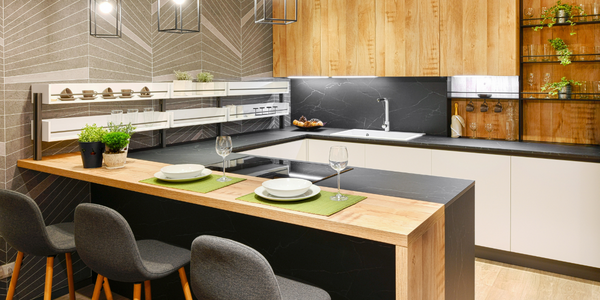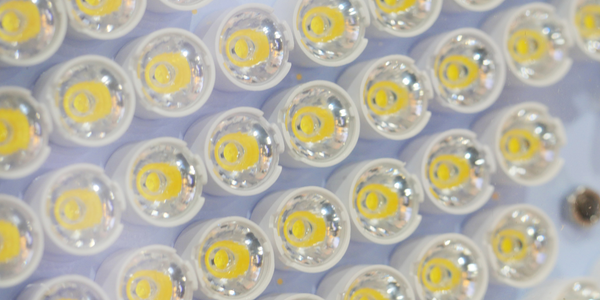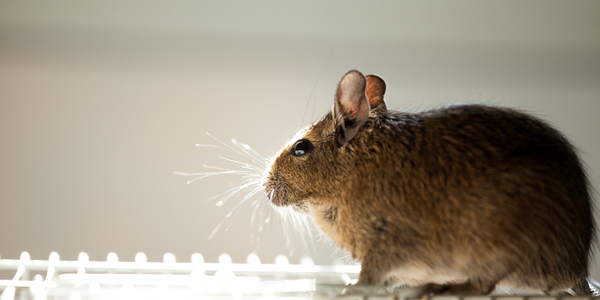Technology Category
- Platform as a Service (PaaS) - Application Development Platforms
- Sensors - GPS
Applicable Industries
- Consumer Goods
Applicable Functions
- Sales & Marketing
About The Customer
The customer in this case study is MINI, a well-known automobile brand with a unique and passionate customer base. MINI drivers are known for their special relationship with their cars, often expressing their love for the brand in creative ways. The brand has a global presence, but this particular campaign was focused on the UK market. MINI had not engaged in any significant brand activity for six years in the UK, and it was crucial to rekindle the unique relationship MINI drivers have with their cars and celebrate the brand in a way that resonated with the UK audience.
The Challenge
MINI, a renowned automobile brand, was facing a challenge in making its global 'NOT NORMAL' brand positioning relevant to UK consumers. The brand had not engaged in any significant brand activity for six years, and it was crucial to rekindle the unique relationship MINI drivers have with their cars. The challenge was to celebrate the MINI brand in a way that resonated with the UK audience and encouraged them to express their love for the brand in creative ways. The campaign needed to span across various platforms including out of home, digital, social, TV, PR, CRM, dealership activity, and events.
The Solution
An innovative digital marketing campaign was designed to celebrate the unique relationship MINI drivers have with their cars. The campaign sourced hundreds of images featuring creative MINI inventions, such as MINI furniture, cakes, and body art, and made them the center of a participation campaign. An online film was created to encourage the public to help MINI track down those images and inventors they hadn’t been able to find. Consumers were encouraged to join in by posting their images at MINI.co.uk and on the MINI UK Facebook page with the hashtag #MININOTNORMAL. The campaign also included a unique media takeover in London’s prime location – Cromwell Road, where digital posters spoke directly to MINI drivers, matching the color and model of the MINI on the posters to the one they were saluting.
Operational Impact
Quantitative Benefit

Case Study missing?
Start adding your own!
Register with your work email and create a new case study profile for your business.
Related Case Studies.
.png)
Case Study
Improving Vending Machine Profitability with the Internet of Things (IoT)
The vending industry is undergoing a sea change, taking advantage of new technologies to go beyond just delivering snacks to creating a new retail location. Intelligent vending machines can be found in many public locations as well as company facilities, selling different types of goods and services, including even computer accessories, gold bars, tickets, and office supplies. With increasing sophistication, they may also provide time- and location-based data pertaining to sales, inventory, and customer preferences. But at the end of the day, vending machine operators know greater profitability is driven by higher sales and lower operating costs.

Case Study
Series Production with Lot-size-1 Flexibility
Nobilia manufactures customized fitted kitchens with a lot size of 1. They require maximum transparency of tracking design data and individual processing steps so that they can locate a particular piece of kitchen furniture in the sequence of processes.

Case Study
American Eagle Achieves LEED with GE LED Lighting Fixtures
American Eagle Outfitters (AEO) was in the process of building a new distribution center. The AEO facility management team decided to look at alternate options for lighting layout that could provide energy and maintenance savings. AEO would need a full-time maintenance employee just to replace burned-out fluorescent tubes.

Case Study
Revolutionizing Rodent Control
From pet- and child-safe traps, to touch-free and live-catch rodent control solutions, Victor continues to stay committed to producing superior products that meet the varying needs of today’s pest control professionals. And, with a long standing history supporting customers in the food processing, service, and retail settings, Victor knew that strict regulations were costing organizations thousands of dollars in excess overhead trying to manage their rodent-control solutions. Trap inspections in these environments are often difficult and time consuming, requiring personnel to manually check a trap’s status multiple times per day, amounting to over six hours of manual labor. Victor is looking for an innovative way to increase operational efficiencies with the use of technology.









